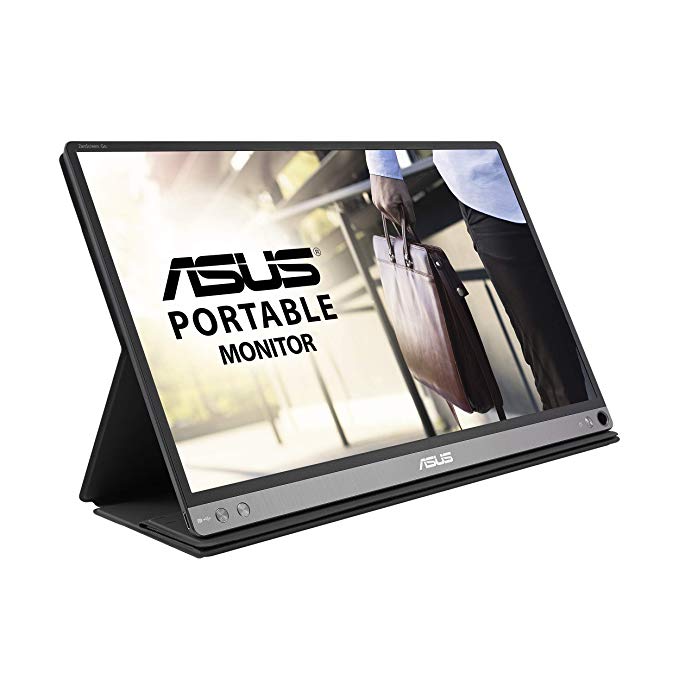

Specifically, on the M1 iMac and the M1 Mac mini, you should be using a Thunderbolt port to connect to any monitor. If you're using a USB-C connection for your monitor, try a different port to see if that resolves the issue. If your display doesn't want to work properly with your M1 Mac, try using a different cable. Not all cables are created equal, and sometimes cables can stop working altogether if they get damaged. If this doesn't do anything, try the next step. Sometimes this is all you need to do to get your Mac to cooperate. The details of testing methodology and results were published by VESA in early 2015.If you plug in your external display and you notice it's blank, blurry, flickering, or just not functioning properly, try unplugging your monitor from your M1 Mac and connecting it again. The results of this testing indicated that DSC met the visually lossless criteria set by VESA.

VESA members also concluded subjective testing as a far more robust method to verify visually lossless quality rather than using objective metrics, such as, PSNR which typically designates one value for an image. Overall, observers completed nearly 250,000 subjective image comparisons. The evaluation included a statistically significant number of observers who viewed many images over four image categories including artificial engineered images, text and graphics, such as street maps or different examples of printed material, people, landscape, animals and stills. For the final DSC codec, the visual performance of DSC was evaluated through clinical testing by VESA in collaboration with member companies. This testing was used to fine tune the DSC codec (coding / decoding algorithm).

First standard to support 8K resolution (7680 x 4320) at 60 Hz refresh rate with full-color 4:4:4 resolution, including with 30 bits per pixel (bpp) for HDR-10 support.Maximum link rate to up to 20 Gbps/lane and features more efficient 128b/132b channel coding, delivering a maximum payload of 77.37 Gbps.DisplayPort 2.0 enables up to 3X increase in video bandwidth performance (max payload of 77.37 Gbps).


 0 kommentar(er)
0 kommentar(er)
